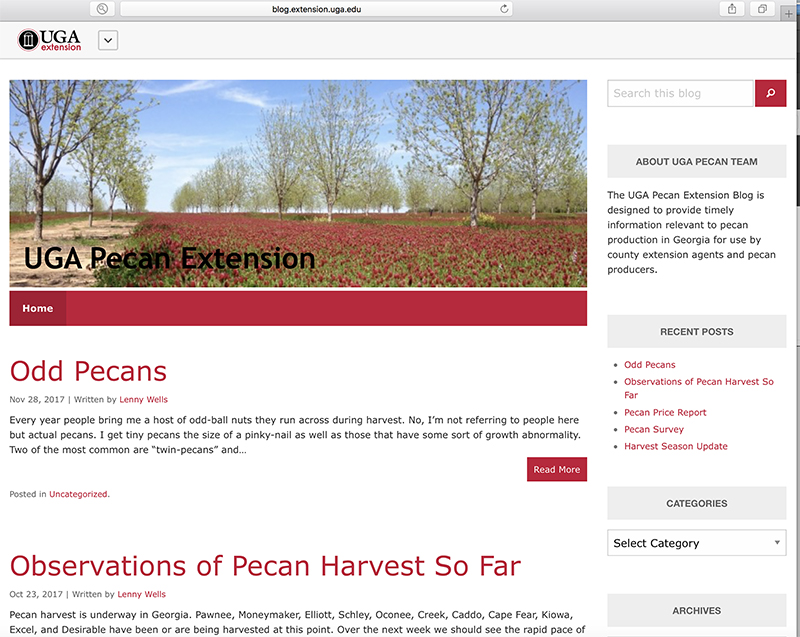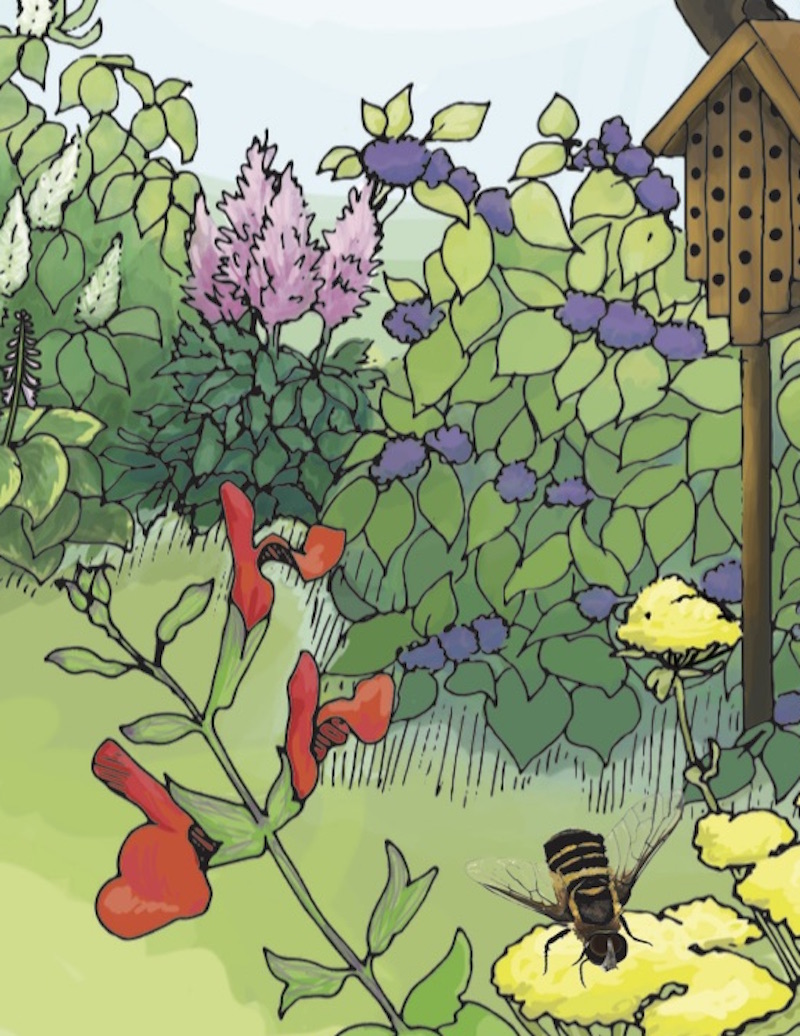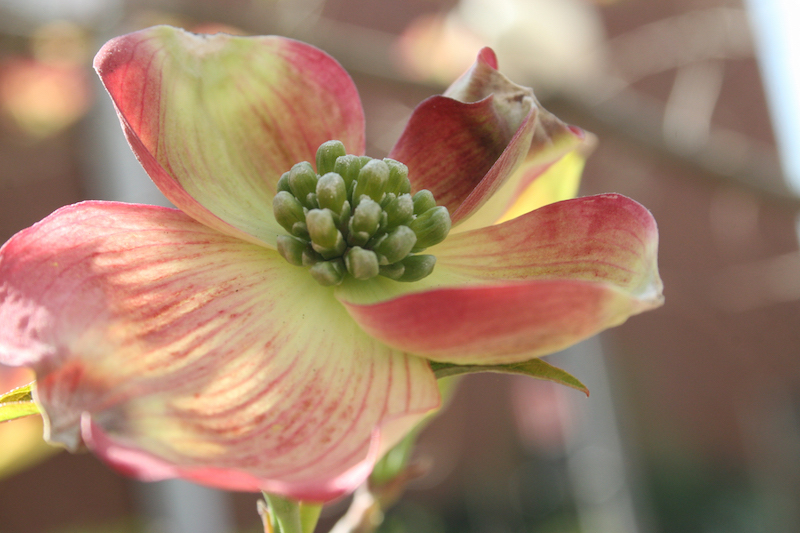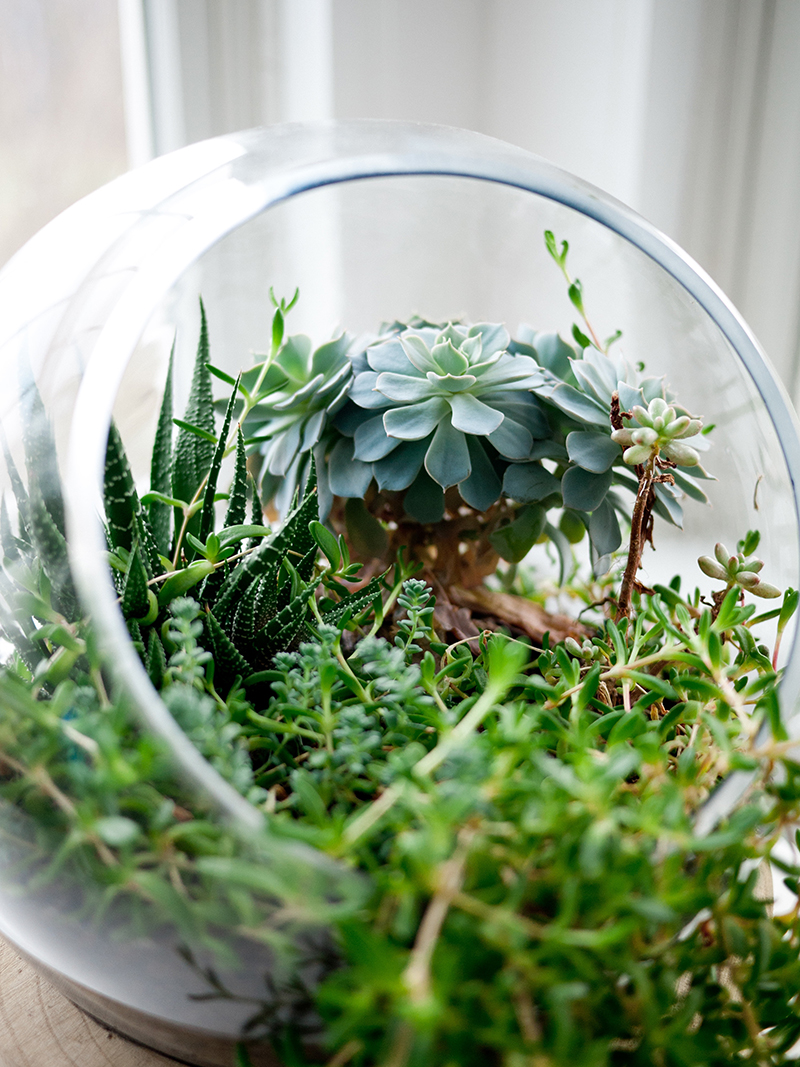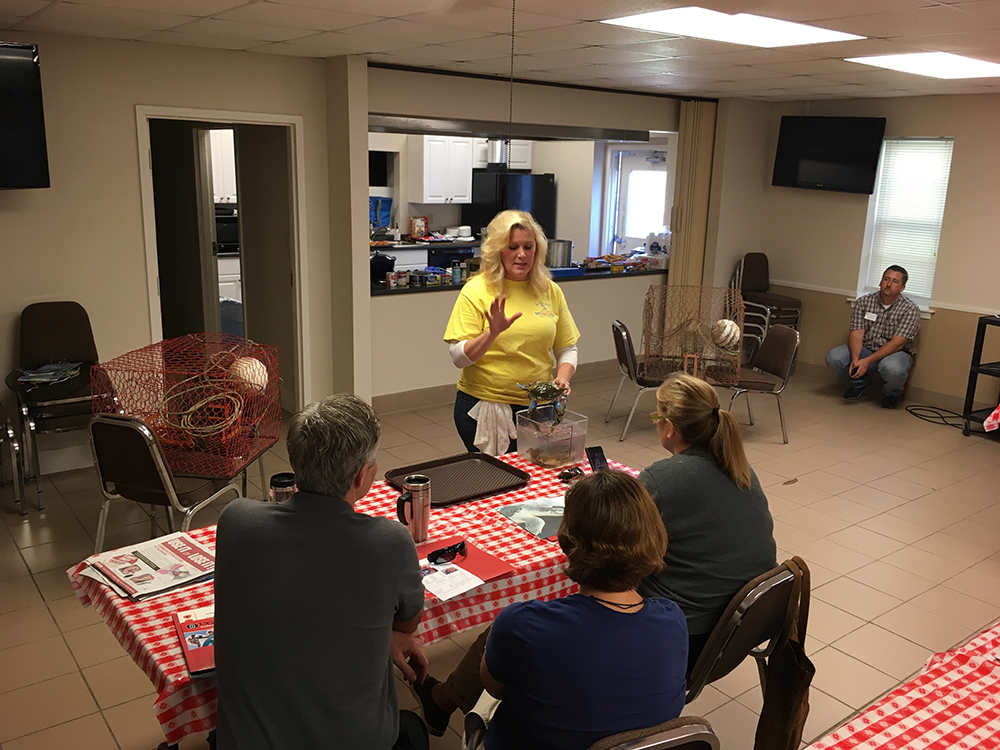 CAES News
CAES News
Seafood serves as a traditional Christmas meal in Georgia's low country and many other parts of the world
While Christmas dinners in the South usually revolve around a glazed ham or a golden-roasted turkey, families in other parts of the world turn to the sea for their holiday feasts.

-78201.jpg)
